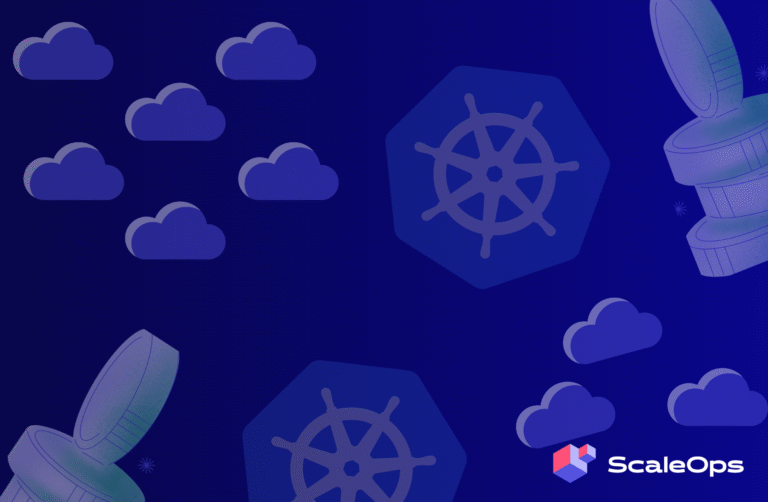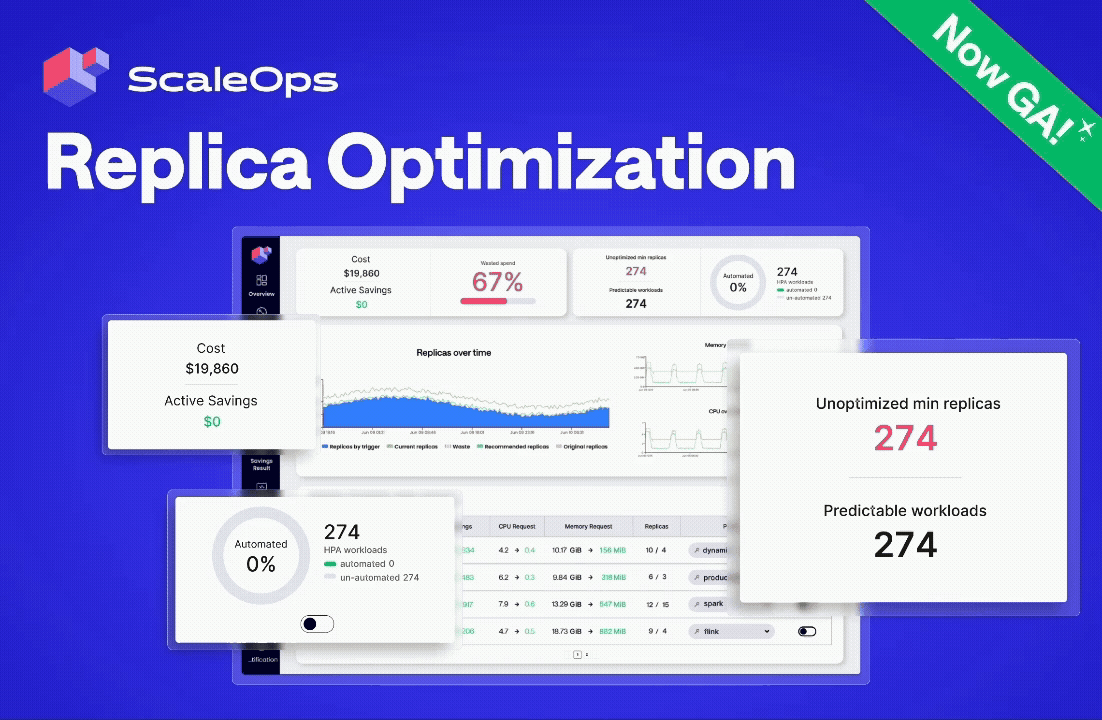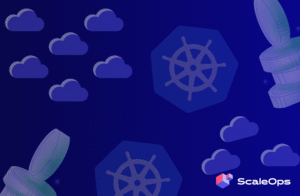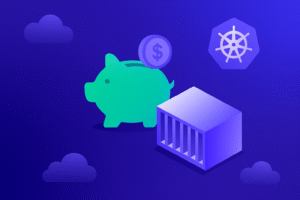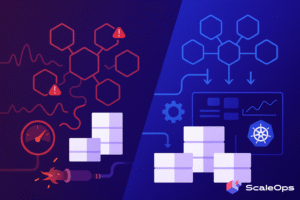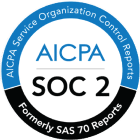We’re excited to announce that Replica Optimization is now GA, bringing application context-aware automation to horizontal pod scaling. Automated Replica Optimization optimizes HPA and KEDA-based workloads by making horizontal scaling proactive, predictive, and application context-aware.
Just like how Smart Pod Placement revolutionized bin packing.
Why Horizontal Autoscaling Falls Short
Horizontal autoscaling in Kubernetes is supposed to match your application’s replicas to demand, but traditional horizontal autoscaling solutions (like HPA and KEDA) make that nearly impossible to get right in your critical production environments.
Horizontal scaling relies on static configuration: fixed thresholds, min/max replica counts, and scaling policies that don’t adapt to the real-time conditions and the context of your applications. But clusters are dynamic, workloads shift, traffic patterns evolve, and resource availability fluctuates constantly. Static settings can’t keep up, especially in production.
As a result, developers have no choice but to guess:
Set thresholds too high, and workloads scale when you’re already close to maximum capacity, then by the time your replicas have spun up, performance is already impacted. But if you set min replicas too high to reserve capacity you end up paying for underutilized resources that sit unused most of the time.
And that spin up delay isn’t just about creating the new replica. In many cases, it triggers a cascading effect: a new node is provisioned which takes your cloud provider a few minutes until the node is fully provisioned and online. That node then needs to pull the image of the container being scheduled. Each of these steps adds more delay and this results in the scale up process taking several minutes.
And that’s the real problem: horizontal autoscaling isn’t just a guessing game. It’s a bet that your infrastructure can adapt faster than it actually can. And in production, that bet often fails.
How Replica Optimization Breaks The Trade-Off
ScaleOps Replica Optimization fundamentally rethinks how horizontal scaling works. It shifts from reactive to proactive and predictive, from static to application context-aware, and from manually tuned to fully automated.
- Application context-aware: Automatically predict future workload usage by continuously analyzing usage patterns and resource signals.
- Predictive scaling: Predicts traffic spikes and enables the replicas to be scaled up ahead of time, and be ready for when load hits
- Automated replica management: automatically manage min/max replica counts and triggers in real-time based on historical and predicted usage.
- Take control of horizontal scaling: set global policies and remove the need for scattered team-specific knowledge.
Works With What You Already Have
Replica Optimization works out of the box with your existing HPA and KEDA configurations, with no additional setup or configuration required. Replica Optimization:
- Auto-detects mix/max replicas settings and any metric you’ve defined for horizontal scaling triggers, including custom metrics, and optimizes them automatically and in real-time
- Maximizes performance and reliability by scaling replicas ahead of time, predicting upcoming usage spikes, allowing needed nodes to be provisioned, container images to be pulled ensuring that by the time load arrives, your applications are ready to handle it
- Continuously automates and manages replicas based on the workload’s application context
The result? Better and smarter horizontal autoscaling that maximizes performance and lowers your Kubernetes costs from your horizontal autoscaler, without any manual tuning or configuration changes.
What This Means For Our Customers
With ScaleOps’ Replica Optimization, Platform and DevOps teams:
- Eliminate overprovisioning while maximizing performance and reliability
- Avoid the reactive delays built into HPA and KEDA
- Automate horizontal scaling, driven by workload and cluster context
- Compound optimization impact, as it works seamlessly with the full ScaleOps platform, spanning vertical, horizontal, and placement optimization
Built for Production
Kubernetes gave us horizontal pod autoscaling, but it came with tradeoffs. ScaleOps Replica Optimization removes those tradeoffs entirely. It brings the one thing horizontal pod autoscaling has been missing: application context-aware automation of HPA and KEDA.
By combining predictive scaling, workload behavior, and deep cluster awareness, Replica Optimization ensures your applications:
- Maintain performance, stability, and availability even during spikes in demand, load, and unexpected traffic surges
- Predictive scaling ensures your replicas are ready before demand hits
- Never pay for overprovisioned replica buffers again
No more tuning thresholds. No more trade-offs. Just smarter scaling, across cloud, on-prem, hybrid, or air-gapped environments.
Try Replica Optimization Today
Replica Optimization is now GA for production as part of the ScaleOps platform. If you’re already using ScaleOps, it’s available in your cluster now. If not, there’s never been a better time to automate and optimize every dimension of your Kubernetes workloads efficiently.
Get started for free or speak with a ScaleOps expert today.



